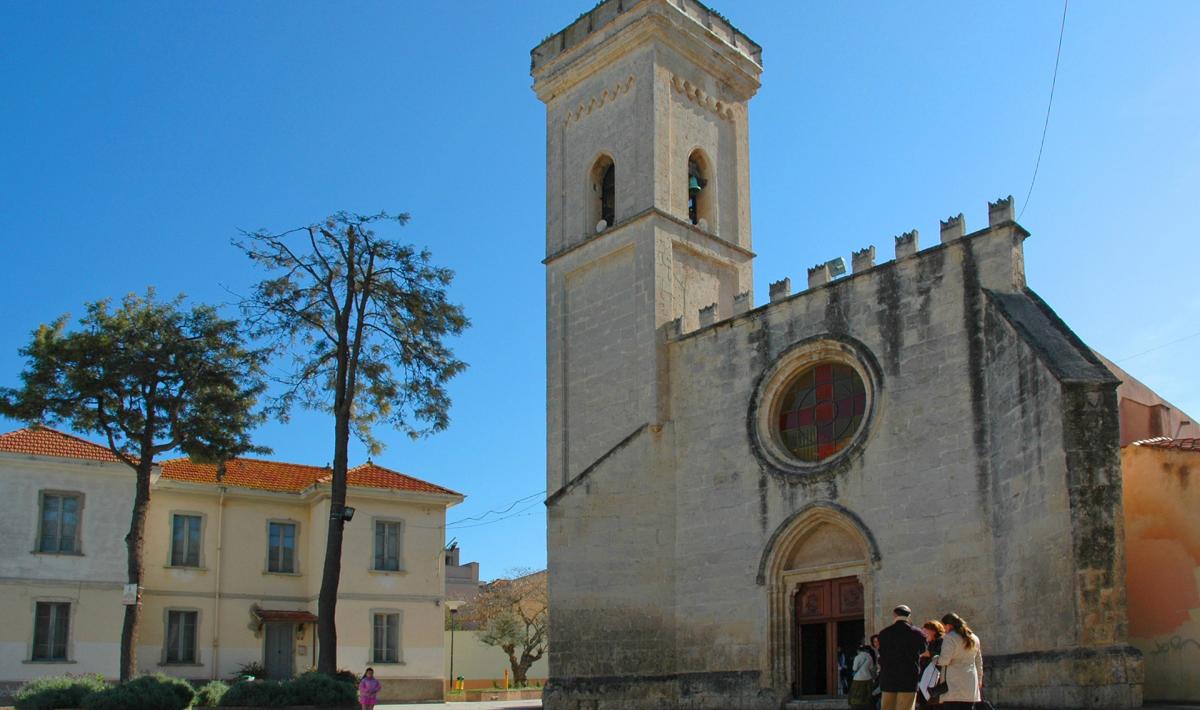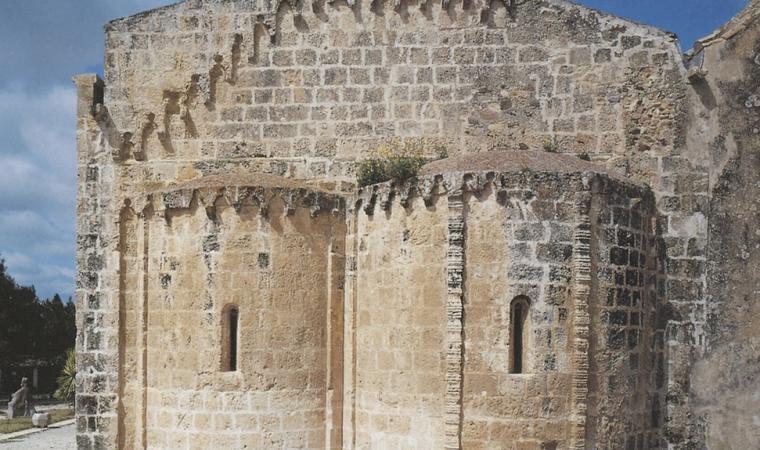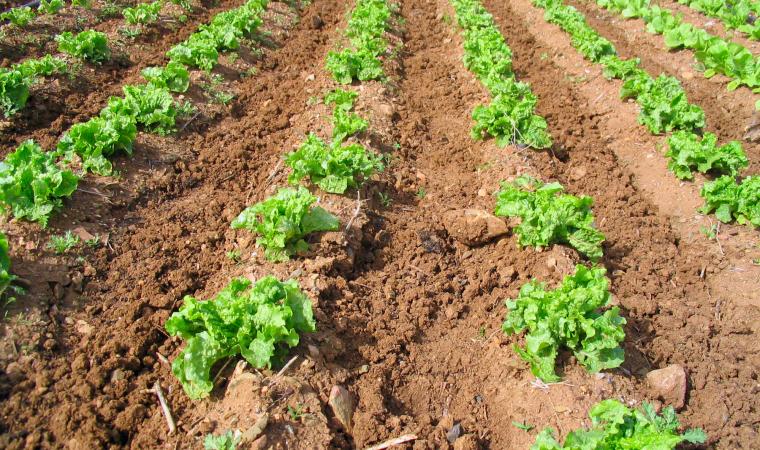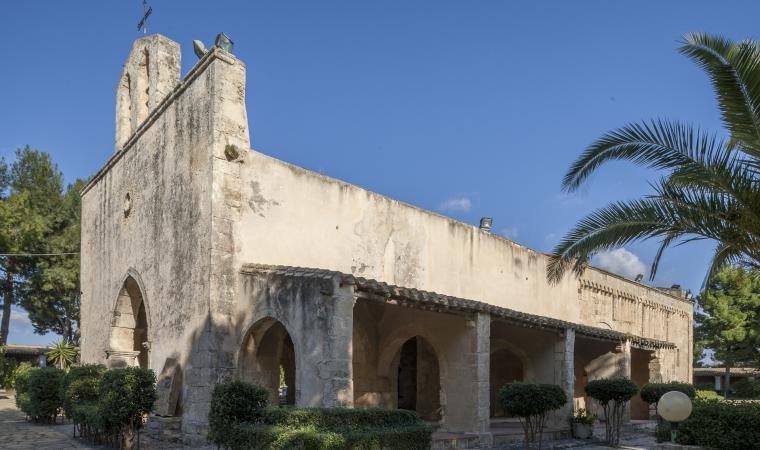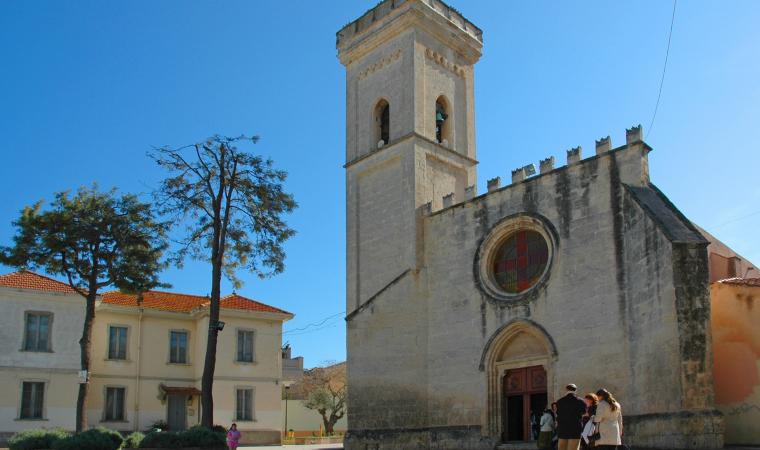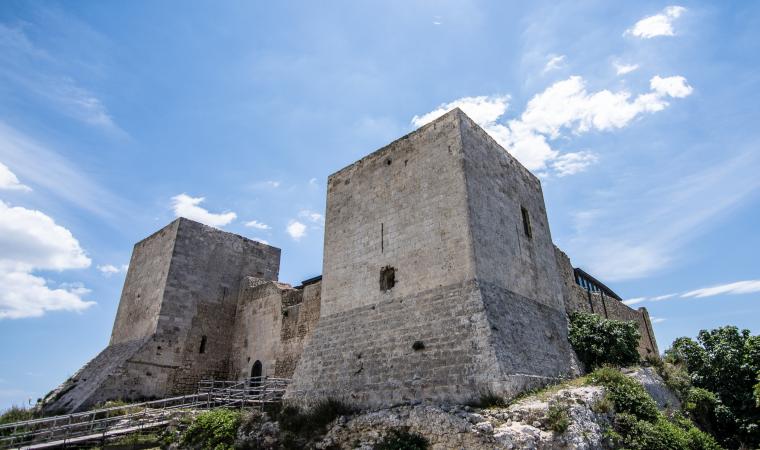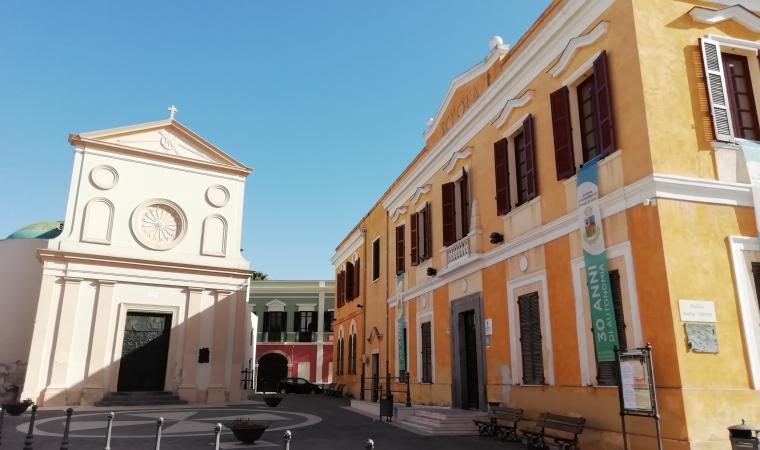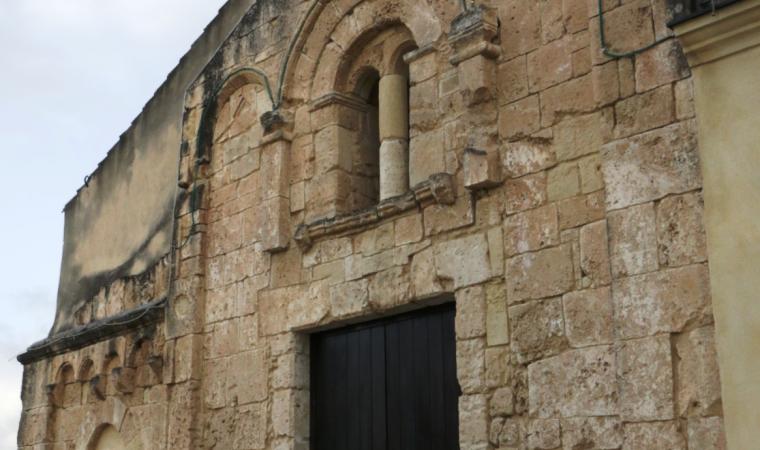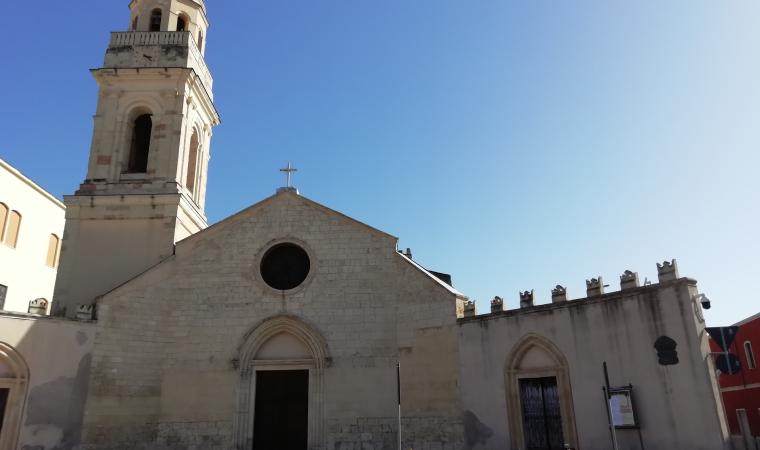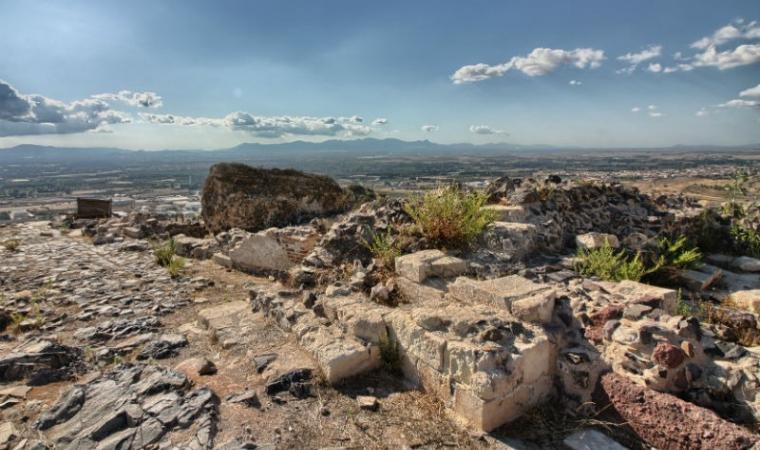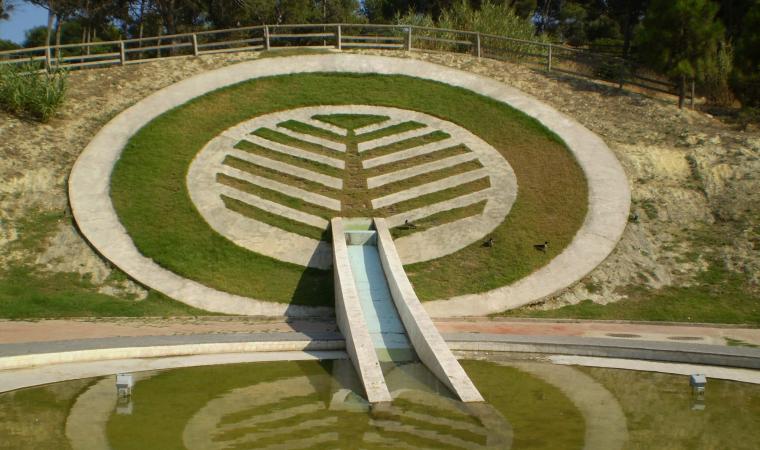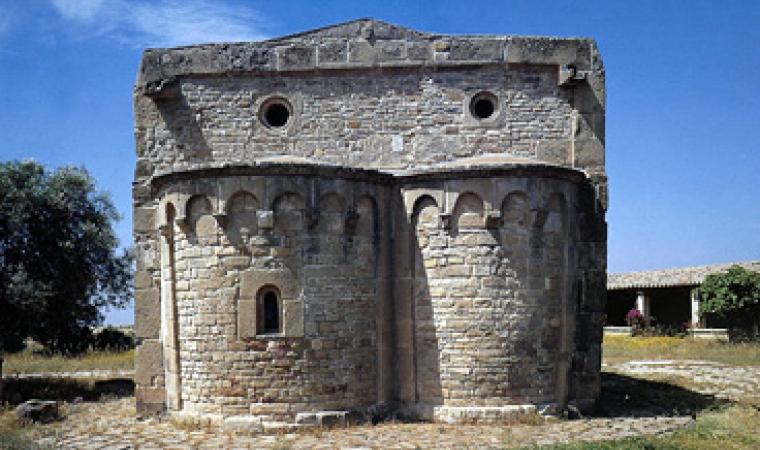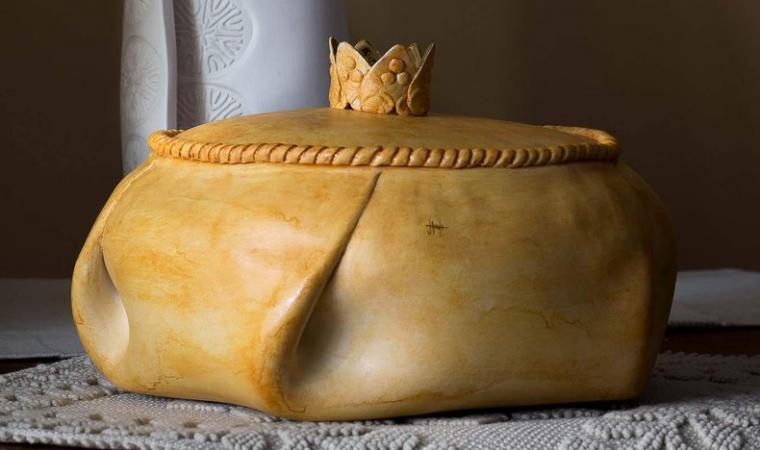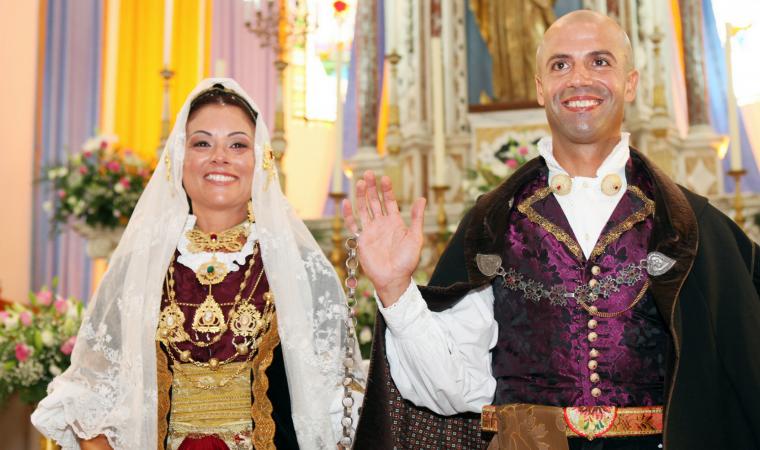The name has Roman origins and comes from the position along the road between Caralis and Turris Libisonis (Porto Torres): it was the sixth milestone, found in the town with the inscription ad sextum lapidem. Sestu is a large municipality with over twenty thousand inhabitants, ten kilometres from Cagliari, occupying the southernmost part of the fertile Campidano plain. It is largely based on agriculture (vegetables, cereals and grapevines) and it is in constant urban and demographic expansion. In the ancient artisan workshops, the ability to create wooden, wrought iron and copper objects, as well as woven baskets, is handed down. If you want to discover the life of times gone by, visit Casa Ofelia, a typical Campidano dwelling.
The Roman milestone is kept, along with objects of sacred art and an ancient organ, inside the parish church of San Giorgio, one of the most interesting Late Gothic buildings in southern Sardinia: it was completed in 1567 and has a façade with a horizontal terminal element and battlements. Inside, it has a single nave flanked by Gothic-style chapels with a pointed vault. Exquisite elements include a relief of St George on horseback and Christ on the cross. The saint is celebrated on 23 April. In the old town centre, there is the church of San Salvatore, built between the 12th and 13th centuries, from limestone and sandstone, with a gabled roof and a simple bell tower. Inside the park of the same name, five kilometres from the residential area, there is the ancient church of San Gemiliano, consisting of two naves side by side, with separate entrances and distinct apses, separated by arches on pillars and with a barrel vault ceiling. The saint is celebrated on two occasions: at the end of May with a festival and at the beginning of September with a festivity. In May, there is the traditional agricultural festivity of St. Isidoro, while in mid-June, there is the festival of Sardinian song, a musical event in limba (Sardinian language).
The first human settlements in the territory of Sestu date back to the 3rd millennium BC, while the Nuragic villages and the Punic-Roman necropolises are from a later period. Coins dating back to the Imperial age were found in various areas of the town and are permanently displayed by the Sextum association, along with other objects that reconstruct four thousand years of history in Sestu, from Prehistoric times to the Middle Ages.
The greatest natural attraction is Su Staini Saliu, a small basin of slightly salty water almost 2 metres deep. Its bed is a substrate of inorganic impervious origin and thus, through evaporation, layers of salt are formed. In spring and autumn, it is inhabited by ducks, avocets, black-winged stilts, greater flamingos, little egrets and wading birds.

